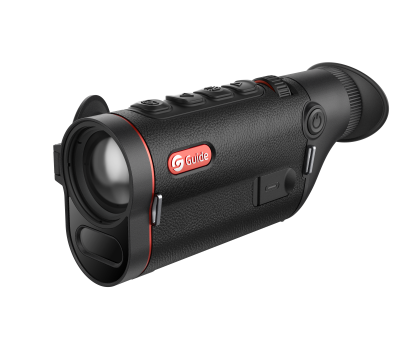
# Night Vision Scope: Enhancing Visibility in Low-Light Conditions
## Introduction to Night Vision Technology
Night vision scopes have revolutionized the way we see and operate in low-light conditions. These remarkable devices amplify available light, including infrared radiation, to provide clear images even in near-total darkness. Originally developed for military applications, night vision technology has now become accessible to civilians for various purposes.
## How Night Vision Scopes Work
The Science Behind Night Vision
Night vision scopes operate on the principle of light amplification. They collect tiny amounts of light, including infrared light that’s invisible to the naked eye, and amplify it to create a visible image. The process involves several key components:
- Objective lens that gathers ambient light
- Photocathode that converts photons into electrons
- Microchannel plate that multiplies the electrons
- Phosphor screen that converts electrons back into visible light
Generations of Night Vision
Night vision technology has evolved through several generations:
| Generation | Features |
|---|---|
| Gen 1 | Basic amplification, requires some ambient light |
| Gen 2 | Improved resolution and light amplification |
| Gen 3 | Higher sensitivity, better performance in low light |
| Gen 4 | Advanced features, reduced halo effect |
## Applications of Night Vision Scopes
Military and Law Enforcement
Night vision scopes remain crucial for military operations, allowing soldiers to navigate and engage targets in complete darkness. Law enforcement agencies use them for surveillance and tactical operations during nighttime.
Hunting and Wildlife Observation
Hunters benefit from night vision scopes for nocturnal game hunting, while wildlife researchers use them to observe animal behavior without disturbing natural habitats.
Security and Surveillance
Security personnel employ night vision technology to monitor properties and borders during nighttime hours when visibility is limited.
Recreational Use
Outdoor enthusiasts use night vision scopes for camping, hiking, and exploring after dark, enhancing safety and enjoyment of nighttime activities.
## Choosing the Right Night Vision Scope
Key Considerations
When selecting a night vision scope, consider these factors:
- Generation: Higher generations offer better performance but at higher costs
- Magnification: Determine the level of zoom needed for your application
- Field of View: Wider fields allow better situational awareness
- Battery Life: Important for extended use in the field
- Durability: Look for waterproof and shock-resistant models
Digital vs. Traditional Night Vision
Digital night vision scopes have emerged as an alternative to traditional image intensifier tubes. They offer advantages like:
- Ability to record images and video
- No risk of damage from bright light exposure
- Often more affordable than high-generation traditional scopes
## Maintenance and Care
Proper maintenance ensures longevity of your night vision scope:
- Store in a dry, temperature-controlled environment
- Use lens caps when not in use
- Clean lenses with appropriate materials</li
Keyword: night vision scope
